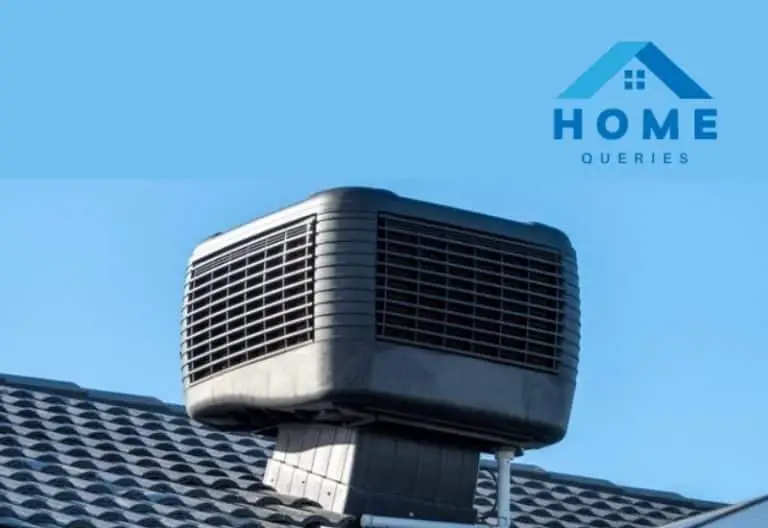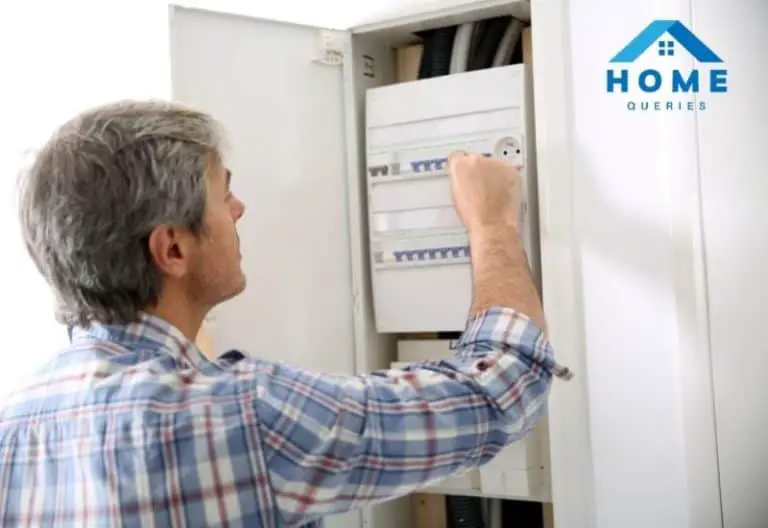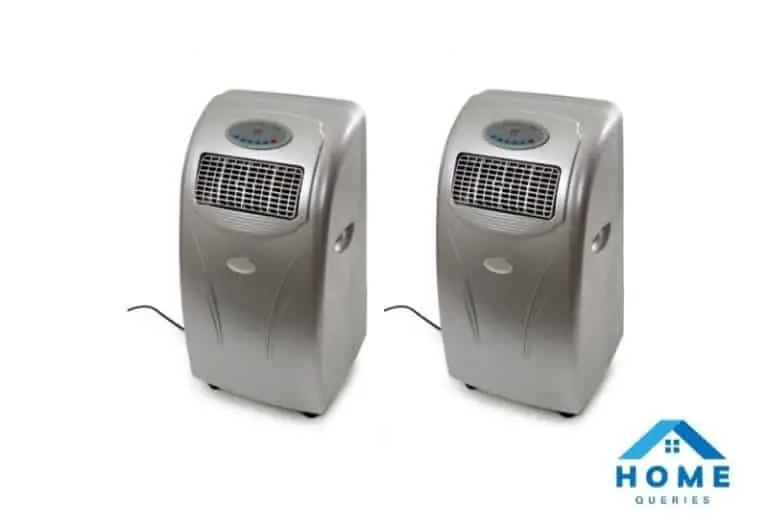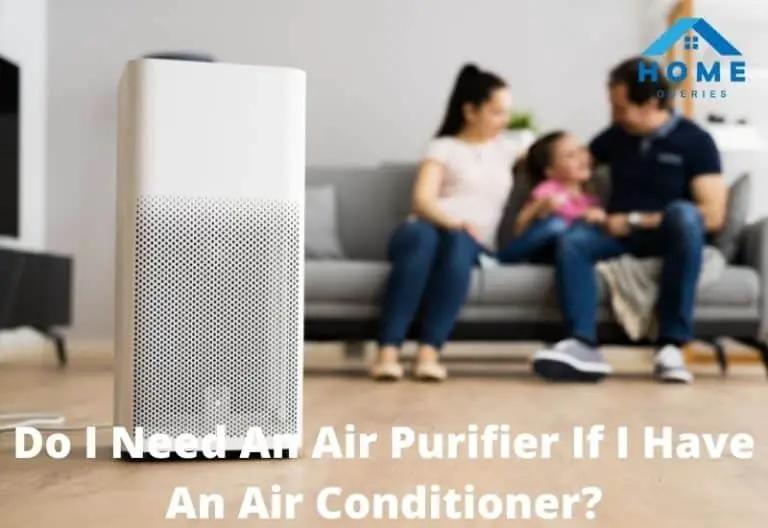When you install your air conditioner and wondering if Styrofoam was supposed to be in it? Or do you take the Styrofoam out of the air conditioner? Many people may be concerned about this, as they may regard Styrofoam as just another piece of foam.
Before you think otherwise, let us inform you that Styrofoam in the air ducts of your air conditioner is a component of the entire system and plays an important role. As a result, it is placed on purpose.
Styrofoam is also a good sound and heat insulator. Because the components are portable and made small and light, the coil part was designed with a high-grade Styrofoam to make the unit as light as possible for easy mobility. And it comes with ac, and you may not decide what to do with it, should you take it out or remain it. here we will make a journey to give you information about it
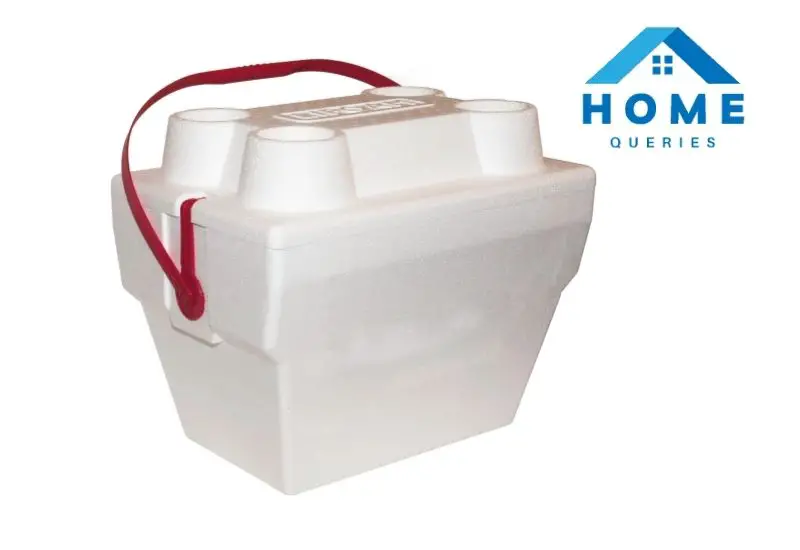
Do You Take The Styrofoam Out Of The Air Conditioner?
Usually, you should not take out the Styrofoam of your ac unit. White Expanded Polystyrene (EPS) air ducts are standard on all window air conditioners. This foam is similar to that used in coolers and insulated cups. The EPS is a component of the product and should not be removed. The module is designed to have a very low density for thermal insulation.
Styrofoam is used in air conditioners for insulation and to prevent moisture buildup. These functions are critical to ensuring that your window AC performs efficiently! It is usual for sunlight to shine through the unit’s Styrofoam (EPS). The material is planned to have a very low solidity for thermal insulation.
While the low density is beneficial for thermal insulation, it does allow for a small amount of light to pass through. So, will you not think that do you take the Styrofoam out of the air conditioner?
What Is Styrofoam Made Of?
Styrene is a petroleum-based product, and Styrofoam is made from it. How is Styrofoam made?
Styrene is refined into polystyrene via polymerization, and a hydrofluorocarbon agent is then added.
Therefore, this mixture is fabricated and allowed to expand under pressure until it forms a foam board.
Is Styrofoam An Excellent Or Lousy Fabric?
When used with food products, Styrofoam, especially when heated, releases toxic chemicals into the food, causing contamination that may be harmful to health. Besides that, when exposed to sunlight, Styrofoam emits harmful air pollutants that pollute dumpsites and decrease the ozone layer.
How Will You Clean The Inside Of A Styrofoam Air Conditioner?
Fill a plastic bucket with a few gallons of hot water and about 1/2 cup of household bleach. Saturate a scrubbing sponge in the bleach solution and use it to clean the inside surfaces of the AC unit, removing any visible mold. The bleach will kill any remaining airborne contaminants.
Is It Acceptable To Reuse Styrofoam?
We discussed how to clean Styrofoam, and there you’ll know how to reuse Styrofoam.
Styrofoam is not environmentally friendly. Furthermore, it is a toxic material for the environment, just like plastic, and it does not decompose quickly in nature.
Furthermore, You cannot recycle in any way. That’s why reusing it is strongly encouraged. So, to save the environment, make sure you clean the Styrofoam properly before reusing it. However, to get the best performance out of your air conditioner, we recommend replacing it every 1-2 years.
What Could Happen If Air Conditioning Is Not Appropriately Installed?
Other common problems with existing air conditioners are caused by faulty installation, inadequate service procedures, and insufficient maintenance. Improper central air conditioner installation can result in leakage ducts and low air circulation.
What Is It That Kills Mold On Styrofoam?
As the bucket fills, squeeze three to five drops of dishwashing detergent into the stream of water. Turn off the water, When the bucket is about 3/4 full. Dip the soft sponge into the bucket until it is wet, then gently scrub the Styrofoam until clean.
Read more: Can We Take GST Input On Air Conditioner?
What Do You Put In The Space Around A Window Air Conditioner?
A foam insulating strip is commonly included with window air conditioners. Cut the foam strip to the desired length. It should insert between the upper and lower window capes.
Can Vinegar Be Used On Styrofoam?
Vinegar, particularly “alkaline solutions,” will not dissolve Styrofoam (the frequently used designation for foamed cups, etc.). Acids will soften the thin plastic bubble walls that makeup foamed polystyrene.
What Causes Styrofoam To Melt?
Polystyrene is a polymer, which is a type of plastic. Acetone is a solvent that easily dissolves polystyrene, releasing the surrounded air pockets and leaving a microscopic coating. In other words, when Styrofoam and acetone are mixed, the polystyrene completely dissolves!
Is Styrofoam More Harmful Than Plastic?
In general, Styrofoam is more harmful to the environment than plastic. Although both materials tend to litter the ground, Styrofoam is far worse. Because Styrofoam is difficult to recycle, many people must dispose of it in landfills.
Is It Necessary To Remove The Styrofoam From My New Window Air Conditioner?
If the manual does not mention removing the Styrofoam, it does not need to be replaced. The Styrofoam is there to provide proper insulation.
What Should You Do If There Is Black Mold Inside Your Ac Unit?
Any shape in any part of the unit is harmful, especially if it is in the Styrofoam, which has pores and hides the mold spores well. It would be dangerous to run the team with mold spores because they can travel inside the house.
Unfortunately, the companies that manufacture these units do not make them mold-resistant; why should they? That’s how they make a living. You have three units, one of which has always had mold issues. It always returns. The other two are always totally clean.
Please get rid of the unit, replace it, or request a free estimate for central air and heat. Mold is extremely dangerous and is not worth the risk; it can cause various medical problems.
What Can You Do To Prevent Mold From Growing In Your Air Conditioner?
Mold in air conditioners can be avoided by controlling moisture. Air conditioners, unfortunately, can be a source of moisture. Here are some recommendations for controlling moisture when using an air conditioner.
Window units should be securely fitted to the window to prevent rain and humid outdoor air from entering the room.
When humid air is extraordinary in an air conditioner, the water vapor condenses (cool air holds less water than warm air, so the atmosphere is “wrung out” like a sponge). window units should be tilted slightly toward the outside, To allow this condensation to drain properly
Grates and filters in window units should be regularly cleaned to avoid dust buildup, serving as a food source for mold and obstructing airflow.
Whole-house air conditioners should have drainage systems that lead to a drain tile, a basement slab, or a utility sink. Check that yours is working correctly, so moisture does not collect around the unit or enter the ducts. Drains can become clogged due to debris or buildup, resulting in significant flooding in your home.
Portable air conditioners should be emptied on a regular basis. They are typically equipped with an automatic shut-off and a light to indicate the entire reservoir. Before storing mobile units for the winter, make sure they are empty and dry. Because the airflow dries them out, HVAC ducts tend to self-regulate moisture. To allow air to flow correctly to all parts of the system, keep all grates and air returns unblocked and clean.
Regularly replace air filters. Filters that are clogged provide a food source for mold and obstruct airflow. Never allow moisture into your HVAC system. Dry vacuuming or dry wiping should be used to clean ducts, never water. Mold growth in an air conditioner or your home’s HVAC system is a serious issue because it allows mold spores to spread throughout the house.
Cleaning up an HVAC mold problem can be a costly and challenging task. Controlling moisture and preventing mold growth in an air conditioner is the best way to deal with mold in an air conditioner.
Where Can You Recycle Styrofoam?
There are numerous facilities to drop off Styrofoam; you need to look for them. Some supermarkets, such as Publix, have a Styrofoam collection bin where you can deposit items such as cups, meat trays, and food takeout containers.
Conclusion
When you buy an ac, a manual comes with it. You should read it correctly or visit the air conditioner company’s online site. If you do this, you will get all the instructions and FAQs. Here, we tried to give lots of questions and answers related to Styrofoam.
So you know what the importance of Styrofoam in an ac unit is. And you get the response, do you take the Styrofoam out of the air conditioner? You get to know what Styrofoam is, what it is made of, how it works in an ac, how you can clean it in your ac unit, and why you can grow mold in it. Now you have a crystal clear idea about what to do with the Styrofoam of your ac unit.

